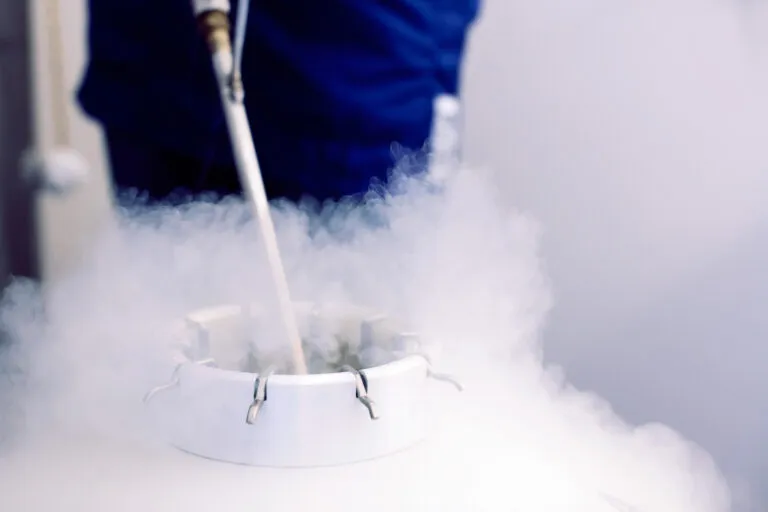Discharge at the beginning of pregnancy, as well as in the following months of pregnancy, is nothing unusual and should not worry future mothers. They protect the internal female reproductive tract and the developing fetus from infection. Physiologically, the mucus is moderate, whitish or transparent, odorless and of uniform consistency.
Brown pregnancy discharge or greenish pregnancy discharge can be caused by a number of factors, both physiological and pathological. If you notice a change in the amount of discharge, odor, texture, and itching or burning, you should see a doctor. This may be the first sign of an infection within the reproductive tract, which in some cases can be dangerous to the fetus.
Features and causes of pregnancy discharge
The discharge in the first weeks of pregnancy should be odorless, of uniform consistency, white-transparent or slightly yellowish in color. Only the amount of secretion changes. An increase in the concentration of estrogen and progesterone leads to an increase in production. This is to increase the protective function against viruses, bacteria and fungi.
White discharge during pregnancy with a cottage cheese-like consistency may indicate a fungal infection. Other symptoms of such an infection include: Redness around the vaginal outlet, itching and burning. This infection is caused by yeast.
Green discharge during pregnancy as well as green-yellow foamy consistency indicate vaginal hair infection. This protozoa can cause cystitis, which is accompanied by: whitish urine, pain in the urethra during urination, burning and pinching sensations.
Brown discharge during pregnancy means that the vaginal discharge is colored with blood. However, it does not necessarily mean something dangerous, so you should not panic. In early pregnancy, physiological light bleeding occurs as a result of implantation of the embryo in the uterine wall after sexual intercourse and changes in the hormonal metabolism of the body, which is preparing for the period of pregnancy and subsequent birth.
After fertilization, there is a sudden increase in the concentration of progesterone, which should protect the embryo and provide it with optimal conditions for further development. However, you should never ignore the appearance of brown or bloody discharge. You should immediately consult a doctor to determine the exact cause of the above-mentioned discharge. To assess the condition of the fetus, an ultrasound is first performed. Possible pathological causes of the brown discharge are: Cancer of the cervix or appendages, frontal placenta, i.e. located above the entrance of the birth canal instead of in the uterus, premature removal of the placenta and the beginning of the abortion process. In order to avoid serious complications, it is necessary to consult a gynecologist and implement a resting lifestyle and appropriately selected drug therapy.
The discharge with a characteristic unpleasant odor indicates a bacterial infection. They are caused by aggressive bacteria. Apart from the specific odor, the color, consistency and quantity resemble the proper secretion.
Treatment of bacterial infection
In any case, it is important to determine the exact cause of the infection. Depending on the diagnosis and the pathogenic microorganism, the best and safest drug therapy is selected. To determine the pathogen, tests for culture, bacteriological and mycological smears, and cytology and purity (biocenosis) of the vagina are performed. If infection threatens pregnancy, antibiotic therapy becomes necessary. Less dangerous and easier is the treatment in the first trimester of pregnancy, but it brings a number of serious complications that may come to light after the birth of the baby.
To prevent infections, special attention should be paid to daily intimate hygiene and keeping the perineum clean. This can be ensured by: wearing cotton underwear that ensures good skin breathing, washing the perineal area from the vaginal outlet to the anus, avoiding tight clothing such as leggings and panties, and avoiding hot water flowing directly onto the perineum, as this can alter the vaginal pH and disrupt the natural bacterial flora. Also avoid perfumed soaps and scented toilet paper. It is good if preparations for intimate hygiene during pregnancy contain lactic acid.










